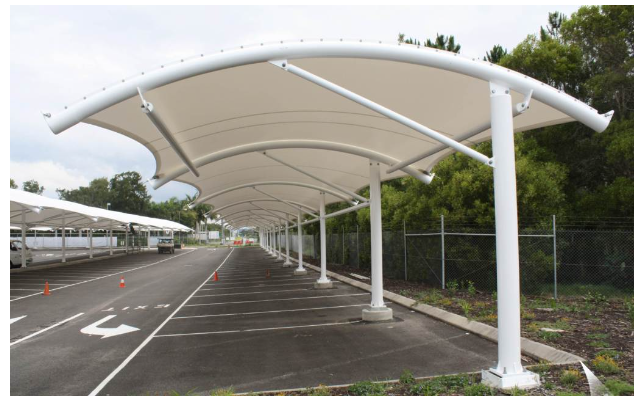How to Repair a Pool Leak?

Repairing a pool leak can be a challenging task, but with the right tools and techniques, it is possible to identify and fix the issue. Here’s a comprehensive guide on how to repair a pool leak:
1. Identify the Leak
Visual Inspection: Examine the pool and surrounding areas for any visible signs of leakage, such as wet spots, cracks, or settling soil.
Water Loss Test: Perform a bucket test by placing a bucket on a step in the pool and filling it with water to match the pool level. Monitor both water levels over 24 hours. If the pool water level drops more than the bucket, there may be a leak.
2. Check Pool Equipment
– Inspect the pool equipment, including the pump, filter, and skimmer, for any signs of leaks or damaged components.
3. Confirm the Location:
Use a dye test by adding food coloring near suspected areas. If the dye gets pulled into a crack or gap, it indicates the location of the leak.
4. Common Leak Areas
Pool Shell: Inspect the pool shell for cracks or gaps. Concrete pools may require patching with hydraulic cement, while vinyl or fiberglass pools may need specialized patch kits.
Liner: Check for tears or punctures in vinyl liners. Patch small holes with a vinyl liner patch kit.
Skimmer and Return Lines: Leaks can occur in these areas. Use a dye test and inspect for visible cracks. Replace faulty gaskets or seals.
5. Underwater Repairs
Epoxy Sealant: For small underwater cracks, use a pool-grade epoxy sealant. Follow the manufacturer’s instructions for application and drying times.
Vinyl Liner Repair: Underwater vinyl liner repairs can be done with a patch kit specifically designed for underwater use.
6. Pressure Test
Perform a pressure test to identify leaks in plumbing lines. Use a pressure testing kit to pressurize the lines and pinpoint any drop in pressure.
7. Hire a Professional Leak Detection Service
– If you can’t identify the leak or if it’s beyond your expertise, consider hiring a professional leak detection service. They use specialized equipment like listening devices and cameras to locate leaks accurately.
8. Fixing Structural Issues
– For structural issues like cracks in concrete, consult a pool professional for a thorough inspection. Structural repairs may involve draining the pool, repairing the crack with hydraulic cement, and refinishing the affected area.
9. Prevention
– Regularly inspect and maintain your pool to catch potential issues early.
– Keep the pool well-balanced to prevent corrosion and deterioration of pool components.
10. Recheck and Monitor
– After making repairs, monitor the pool closely to ensure the issue is resolved. Check water levels regularly and be alert to any signs of further leaks.
Remember, safety is paramount. If you’re unsure about any aspect of pool repair, seek professional assistance to avoid accidents and ensure the longevity of your pool.

